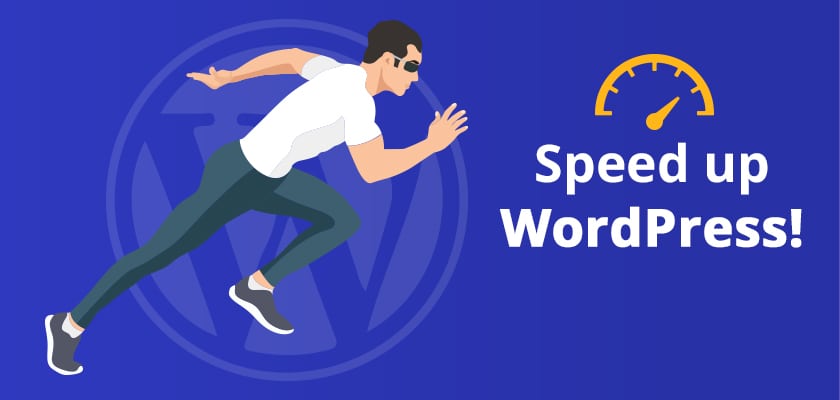Introduction
In today’s fast-paced digital world, every second counts. When it comes to your WordPress website, speed is not just a convenience – it’s a critical factor that affects user experience, search engine rankings, and conversion rates. In this article, we’ll dive into the essential techniques to accelerate the performance of your WordPress site, ensuring that it loads like a bolt of lightning.
1. Choose a High-Quality Web Hosting Provider
The foundation of a fast website begins with a reliable web hosting provider. Opt for a host that offers solid performance, robust resources, and adequate support. Shared hosting might be cost-effective, but consider upgrading to a Virtual Private Server (VPS) or managed WordPress hosting for superior speed and scalability.
2. Optimize Images and Media Files
Images and media can significantly slow down your site if not optimized. Use efficient image formats (JPEG, PNG, or WebP), and employ compression tools to reduce file sizes without compromising quality. Additionally, consider lazy loading, which loads images as users scroll down the page, enhancing initial load times.
3. Utilize Caching Mechanisms
Caching stores a static version of your site, reducing the need to generate each page from scratch. Plugins like W3 Total Cache and WP Super Cache can generate cached versions of your content, improving load times for returning visitors.
4. Minify CSS and JavaScript Files
Minification involves removing unnecessary characters from CSS and JavaScript files, reducing their size. Plugins such as Autoptimize or WP Rocket can automate this process, optimizing your code for quicker loading.
5. Implement Content Delivery Networks (CDNs)
CDNs distribute your site’s content across multiple servers worldwide, ensuring faster load times regardless of a user’s geographical location. Services like Cloudflare and MaxCDN can significantly enhance your site’s performance.
6. Enable Browser Caching
Browser caching instructs browsers to store static resources locally, so users don’t need to re-download them on subsequent visits. This simple tweak can lead to substantial speed improvements.
7. Trim Unnecessary Plugins and Themes
Every plugin and theme you install adds to your site’s overhead. Regularly review your plugins and themes, removing any that are no longer necessary. Additionally, choose lightweight and well-coded options for the ones you do need.
8. Optimize Database Performance
Your WordPress database can accumulate unnecessary data over time, affecting site performance. Use plugins like WP-Optimize or WP-Sweep to clean up your database, removing unwanted data and improving efficiency.
9. Minimize External Requests
External requests to third-party services – such as social media scripts and analytics tools – can slow down your site. Limit these requests to the essentials and consider asynchronous loading for non-critical elements.
10. Regularly Update Your WordPress Site
WordPress releases updates that often include performance enhancements and security fixes. Keep your core WordPress installation, themes, and plugins up-to-date to take advantage of these improvements.
Conclusion
A lightning-fast WordPress website is no longer a luxury; it’s a necessity. By implementing these strategies to accelerate your site’s performance, you’ll create a seamless and enjoyable user experience, boost your search engine rankings, and increase your chances of turning visitors into loyal customers. Remember, every millisecond counts in today’s digital landscape.
